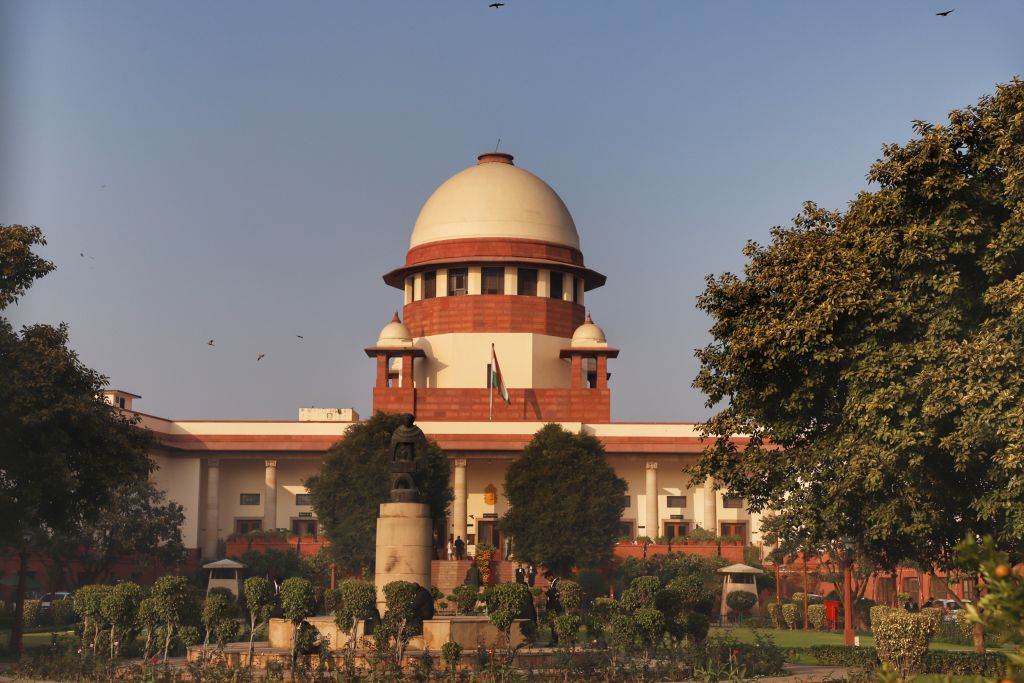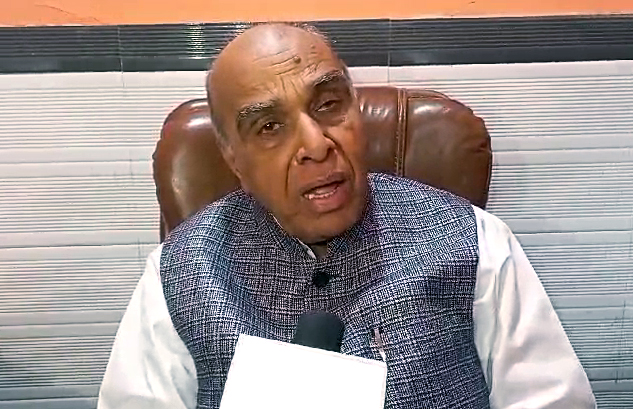In a landmark judgement, the Supreme Court of India ruled on Thursday that state governments have the power to sub-classify Scheduled Castes (SCs) and Scheduled Tribes (STs) for the purpose of reservation.
The seven-judge bench, led by Chief Justice DY Chandrachud, delivered a 6:1 majority verdict overturning the previous E.V. Chinnaiah judgement, which had held such sub-classification impermissible.
Besides CJI Chandrachud, other judges on the bench were Justices BR Gavai, Vikram Nath, Bela M Trivedi, Pankaj Mithal, Manoj Misra, and Satish Chandra Sharma.
The court emphasized that while sub-classification is allowed, states must base their decisions on empirical data demonstrating inadequate representation and differing levels of social backwardness among the groups.
Chief Justice Chandrachud said, “The state, while deciding if the class is adequately represented, must calculate adequacy based on effective and not quantitative representation.”
In a judgement written by Chief Justice Chandrachud and Manoj Misra, they opined that Article 14 of the Constitution permits sub-classification of a class that is not similarly situated for the purpose of the law.
“The Constitution does not bar the allocation of a percentage of seats to a caste since every caste is a class. However, the state must have sufficient material to prove inter-se backwardness between each of the castes.
The state must, with the submission of cogent material, prove that there is a rationale principle that distinguishes the groups included and those excluded from the class,” CJI said.
Sub-Classify SCs and STs
“In Indra Sawhney (supra), this Court did not limit the application of sub-classification only to the Other Backward Class. This Court upheld the application of the principle to beneficiary classes under Articles 15(4) and 16(4),” he added.
“Article 341(1) does not create deeming fiction. The phrase “deemed” is used in the provision to mean that the castes or groups notified by the President shall be “regarded as” the Scheduled Castes. Even if it is accepted that the deeming fiction is used for the creation of a constitutional identity, the only logical consequence that flows from it is that castes included in the list will receive the benefits that the Constitution provides to the Scheduled Castes. The operation of the provision does not create an integrated homogenous class,” CJI Chandrachud said.
The majority opinion held that Article 14 of the Constitution permits sub-classification of a class that is not similarly situated for the purpose of the law. The court clarified that sub-classification would not violate Article 341(2) as long as it doesn’t provide exclusive benefits to certain castes over all reserved seats.
Justice BR Gavai, concurring with the majority, suggested identifying a “creamy layer” within SC/ST categories, a view supported by some other judges on the bench. However, Justice Bela M. Trivedi dissented, arguing that SCs and STs form a homogenous class that cannot be altered by states.
This ruling stems from a case challenging the Punjab government’s decision to offer 50% of SC quota vacancies to Balmikis and Mazhabi Sikhs. The verdict is expected to have far-reaching implications for reservation policies across India, potentially allowing states more flexibility in addressing representation disparities within SC and ST communities.
(Inputs from ANI)




















